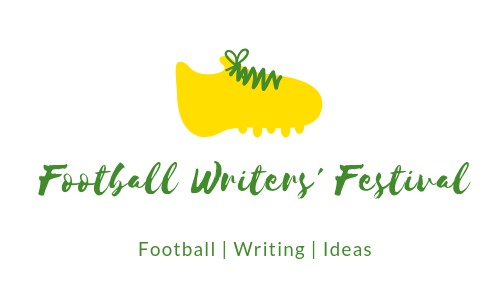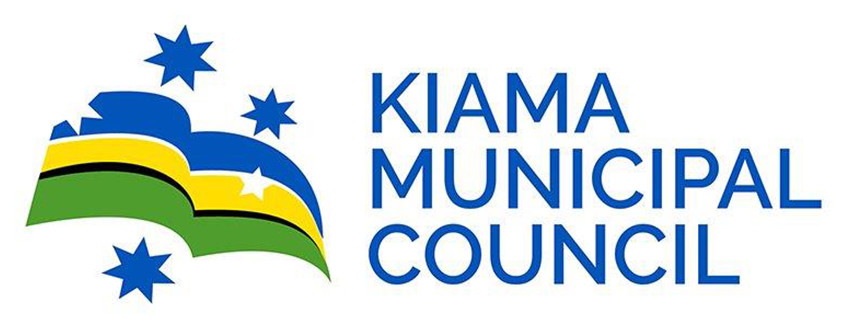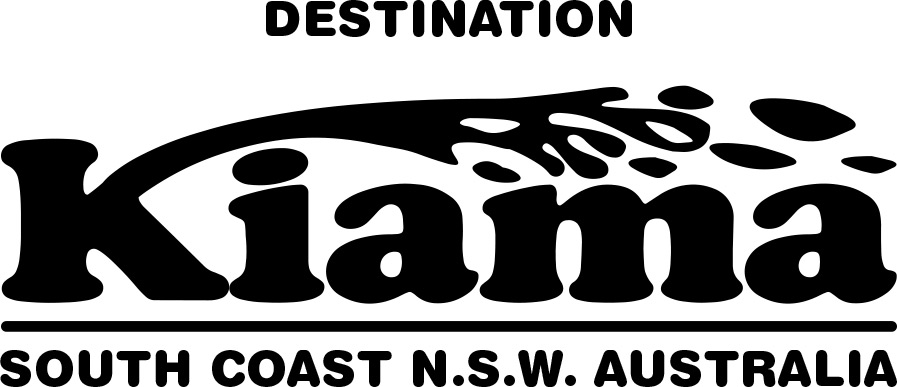A Review
By Roger Sleeman
Last week, as I witnessed the Joeys being demolished 6-0 by the reigning World Under 17 Champions Nigeria in the second round of the World Championships, my thoughts drifted to a young Tim Cahill, who left Australia in 1997 to seek fame and fortune in English football because he wasn’t identified.
Cahill had been rejected by Sydney Olympic’s Youth League coach for the 1996 season due to his size and alleged lack of pace but still became a prolific scorer for Belmore in a lower state league.
In the following season, only his former coach, John Doyle, recognised Cahill’s potential and selected him for the Sydney United first team in the NSW State League, alongside future stars, David James and Joel Griffiths.
However, the penny didn’t drop with the football fraternity that here was a player with real potential, and after ten matches, Cahill decided to try his luck in England where his father had a number of contacts.
His first stop was Millwall FC where he eventually gained a trial and through sheer perseverance was selected in the club’s youth team.
The rest is history as Cahill etched his eternal mark on English football.
Thanks to John Doyle, I enjoyed the privilege of conducting the first major interview with Cahill in Australia when he returned to Sydney from Millwall during the offseason in June, 2000.
Tim was a relaxed, polite and a quiet young man but there was no doubt he possessed a clear ambition to reach the highest level in the game.
This is a constant message in the book as his father was a football fanatic and Tim had inherited this great love of the game.
Not many players would’ve sacrificed a young life as Cahill did to succeed in professional football but most importantly he never forgot his humble beginnings where his parents would do anything to help their children succeed in life.
This kept him in good stead through the spate of injuries he encountered in his early years at Milwall.
Only the great Craig Johnston when he was at Middlesborough in the mid 1970’s, could really relate to Cahill’s experiences as he also often played through the pain barrier.
From a footballing perspective, Cahill developed so much at Millwall and I can well remember after the interview in June 2000, his father, Tim Snr, gave me a video copy of a Millwall match and Tim’s technique and mobility were simply amazing.
The book is about the development of a champion, a goalscoring machine and a man who never gave up.
As the most successful Australian product next to Craig Johnston, Cahill’s story is one of the most comprehensive football success stories I’ve read.
Cahill pulls no punches in the book but it is the way he invites the reader into his life which is so special.
Even if you didn’t know him, you would quickly gain a strong empathy with his thoughts and feelings and would feel like you’d known him forever.
However, the story isn’t told in a boastful tone and Cahill doesn’t hold grudges with people who may not have treated him in an acceptable way.
Even when Guus Hiddink committed the ultimate sin, according to football people in the know, by not selecting Cahill in the starting eleven for the opening match against Japan in the 2006 World Cup, he still manfully accepted the decision.
When he came on in the second half and scored the first Australian goals in a World Cup Final series, it was for the glory of the nation and his worship of football.
Cahill’s account of his experiences at Millwall and Everton are riveting as he takes the reader into the dressing room where it seems like you’ve known the players personally for years.
A scoring record second to none with all the clubs he has played with, but for the football connoisseurs, who could forget the thunderous drive inside the near post in his first Merseyside derby, the amazing left foot volley in the last World Cup against Holland or the multitude of headed goals he scored in the EPL which was a record until Peter Crouch, the Stoke City striker, surpassed him two years ago.
Cahill also achieved great success in MLS with New York Red Bulls and has just signed another one year contract in the Chinese Super League.
In the last chapter of the book, Cahill has indicated he may one day buy an A-League club and for the good of the game let’s hope it’s sooner rather than later.
It would be a dream come true that he could reunite with John Doyle, arguably the best technical coach in the country and the man he repeatedly pays homage to throughout the book, and enlist the services of his former coach and mentor to assist in the development of the playing roster at the club in reference to John Doyle.
” Legacy” should be read by every football lover and the people working in the game who claim they want to contribute to a surge in playing standards and to elevate it to the mainstream Australian sporting landscape.



